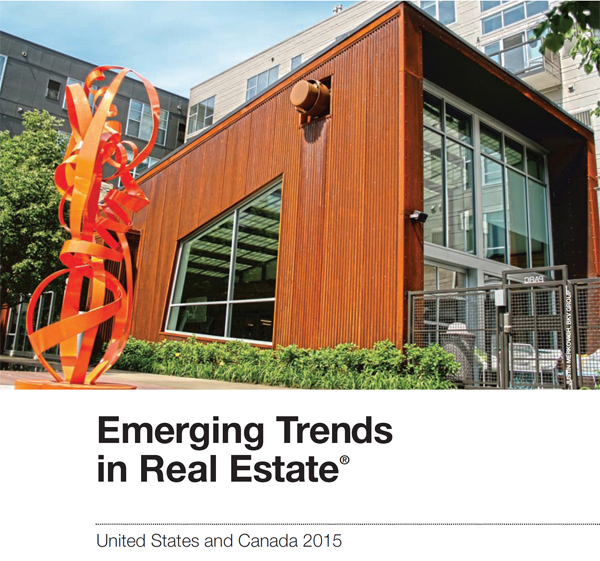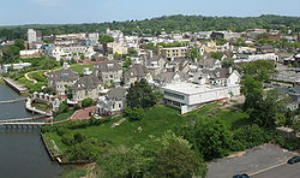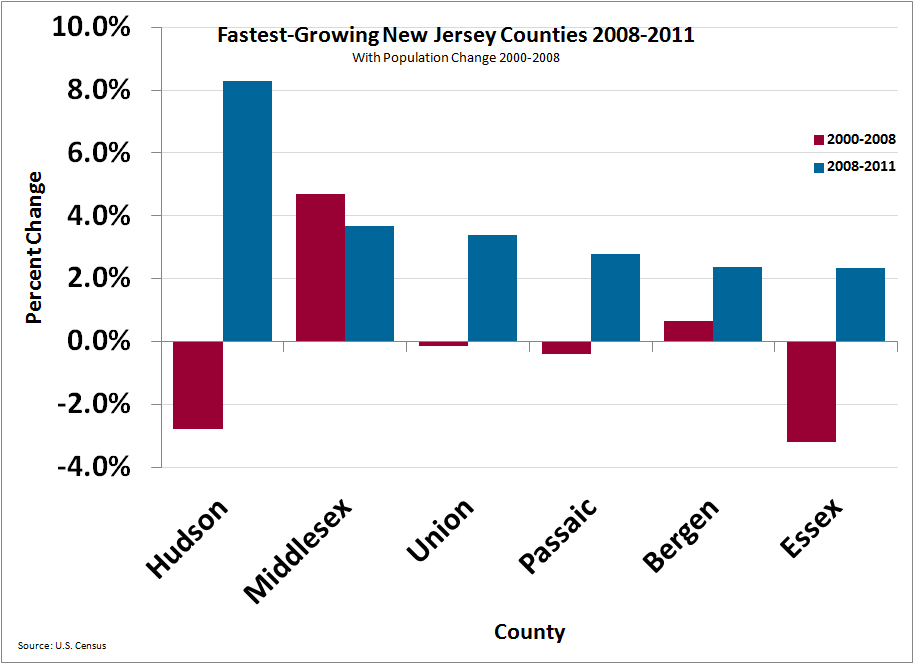New Jersey Future Blog
Good News, Bad News in New Monmouth Poll
August 2nd, 2017 by Tim Evans
 The latest edition of the Monmouth University Poll’s Garden State Quality of Life Index contains some good news — a record high percentage of people rating their town as good or excellent — but also some bad news: The overall quality of life index actually declined for people age 18 to 34, even as it went up among other age groups.
The latest edition of the Monmouth University Poll’s Garden State Quality of Life Index contains some good news — a record high percentage of people rating their town as good or excellent — but also some bad news: The overall quality of life index actually declined for people age 18 to 34, even as it went up among other age groups.
On the good-news side, redevelopment of older, built-out areas may be making more people happy with their quality of life, especially in historically distressed urban areas that are now on the rebound. In fact, the largest single increase in the index came from Essex and Hudson counties, which saw a jump from +4 to +18. The index in what the poll calls the Urban community type also rose, from -2 to +7.
However, on the bad-news side, Millennials will probably keep leaving the state if they can’t afford to buy into the walkable-urbanism renaissance. New Jersey has the highest percentage among the 50 states of young adults still living with their parents, an indication that many cannot afford to live on their own here. New Jersey’s high housing costs — the product of a chronic undersupply of housing brought on by the practice of “fiscal zoning” — are certainly part of the problem. (A recent study by the New York branch of the Federal Reserve finds that mounting student loan debt is also a major factor in preventing young adults from being able to afford to move out.)
According to Monmouth Pollster Patrick Murray, the Millennial index numbers should serve as a warning sign for state officials. This group is more able to move to where they can find good jobs, affordable rents, and “18-hour communities.” It is also the group that drives household formation and major associated purchases, and a large-scale outmigration of this group from New Jersey would act as a drag on future economic growth.
The Monmouth University Poll’s Garden State Quality of Life Index is calculated based on five questions regarding residents’ opinion of the state as a place to live, and can range from -100 to +100.
















